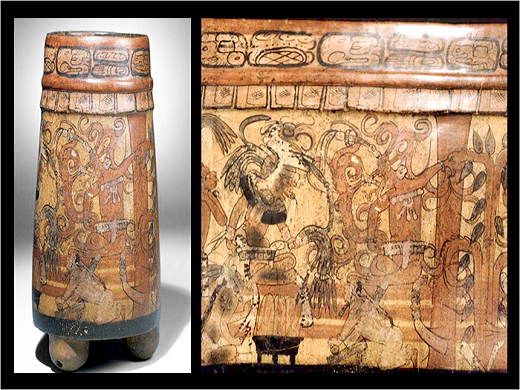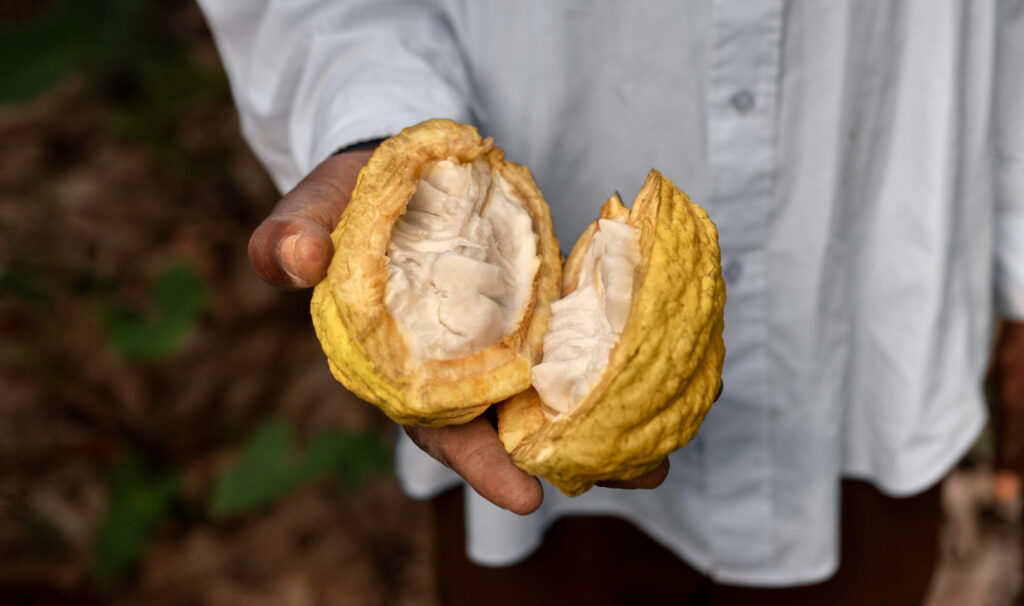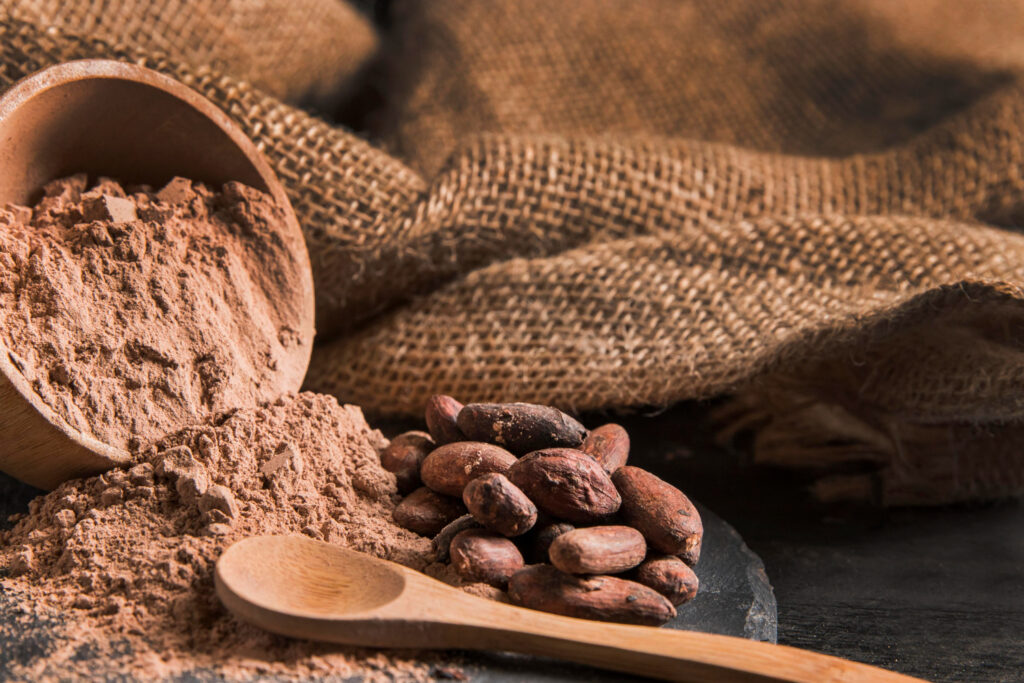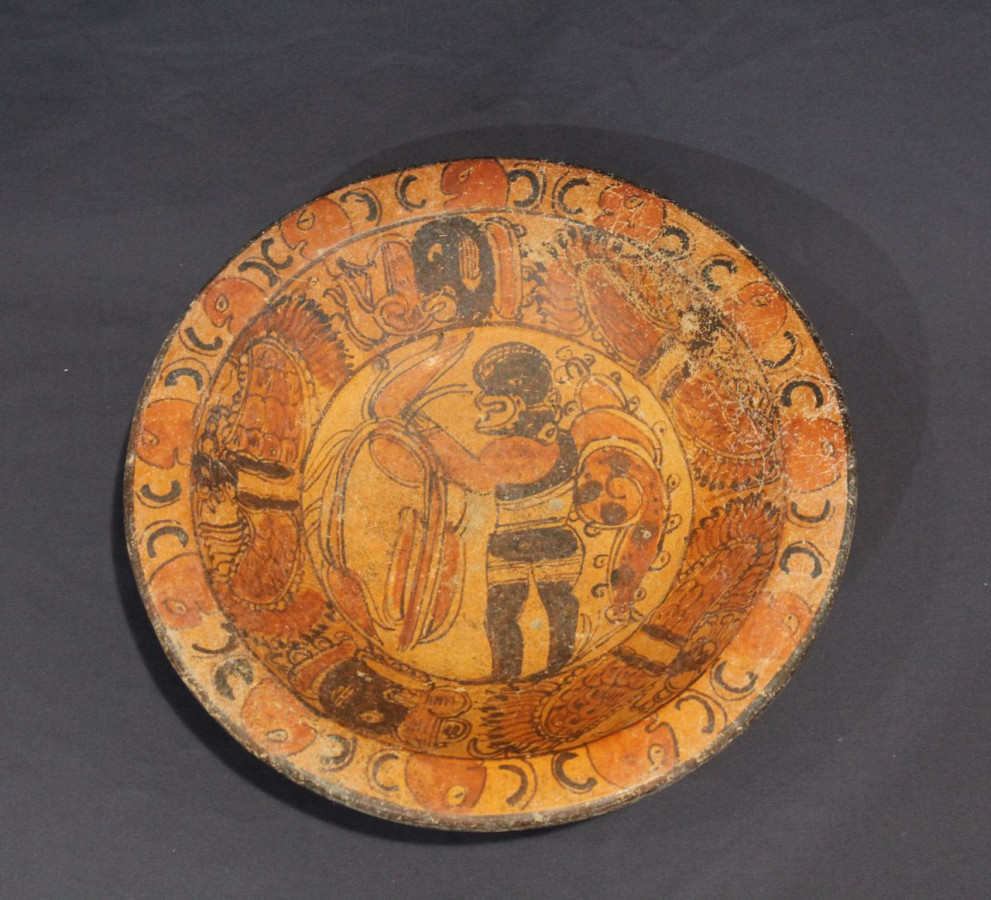In the heart of Mesoamerica’s rich history, cacao played an essential role in the lives of pre-Hispanic civilizations such as the Maya and Aztecs. Beyond being a uniquely flavored food with medicinal properties, it was deeply linked to spirituality.
Discover how cacao was used in ancient rituals and the immersive experiences you can enjoy today around this revered product.
The divine origins of cacao

Cacao’s origin was closely tied to divine sources for the Maya and Aztecs, making it a central element in sacred ceremonies and banquets.
According to Maya beliefs, Ek Chuah, the god of cacao and merchants, gifted this sacred bean to humanity, providing them prosperity and sustenance. The Aztecs, on the other hand, told the legend of Quetzalcóatl, the feathered serpent deity, who offered them cacao as a heavenly gift when he saw that humans did not have a worthy food source.
Rituals surrounding cacao
Archaeological discoveries have revealed ceremonial vessels containing traces of cacao in Maya noble tombs, suggesting its use in funerary rituals. Additionally, Maya codices illustrate priests pouring cacao from great heights, possibly as part of purification or blessing ceremonies.
For the Aztecs, cacao symbolized prosperity and divinity. It was a key element in human sacrifice rituals and festivals dedicated to Quetzalcóatl. Cacao was served at ritual feasts in these ceremonies to honor the gods and receive their blessings.
Cacao was also integral to spiritual healing rituals. Maya and Aztec shamans combined it with medicinal herbs to treat physical and emotional ailments, believing it could purify the soul and strengthen the spirit.
A living tradition today

Today, cacao experiences range from spiritual ceremonies in indigenous communities of Mexico, where cacao is consumed in rituals for connection and meditation, to interactive workshops on crafting artisanal chocolate using traditional methods.
Visitors can also enjoy cacao tastings in various forms, tour plantations to learn about its cultivation and transformation processes, and even indulge in spa treatments with cocoa butter to revitalize the skin and relax the senses.




